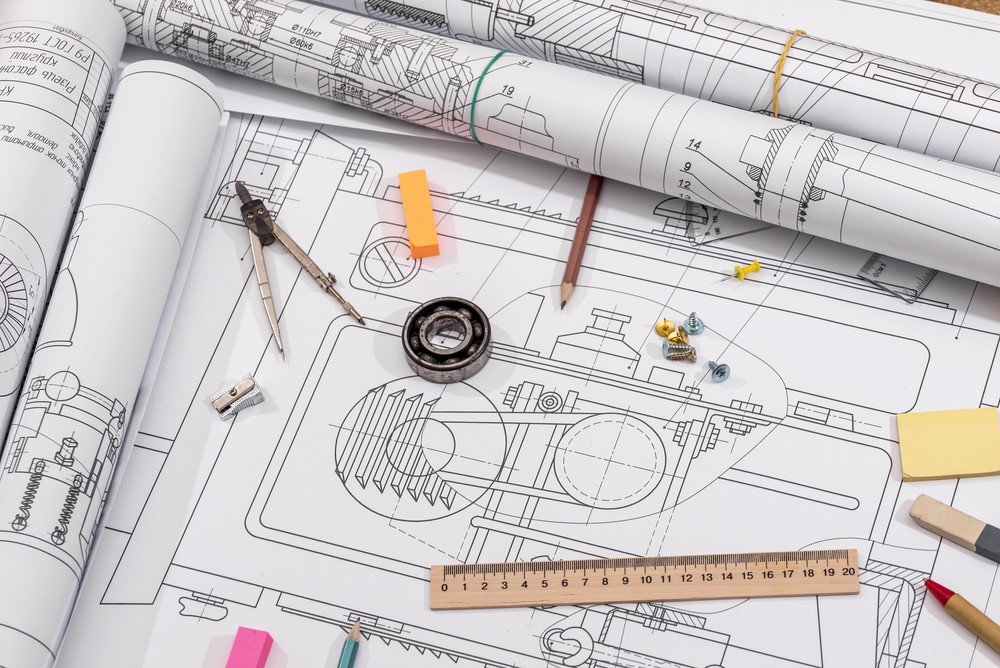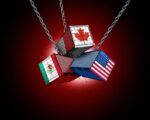By: Ana Esther Urquizo
Industrial designs are regulated under the Federal Law for the Protection of Industrial Property, being the Mexican Institute of Industrial Property the administrative authority in charge of granting their protection, as long as they are new and susceptible of industrial application. 1.
Industrial figures and industrial models are both, part of industrial designs. Pursuant to article 66 of the Federal Law for the Protection of Industrial Property, the former are "any combination of figures, lines or colors that are incorporated to an industrial or handcrafted product for ornamentation purposes and that give it a peculiar and unique appearance", while the latter are "any three-dimensional shape that serves as a type or pattern for the manufacture of an industrial or handcrafted product, which gives it a special appearance as long as it does not imply technical effects".1
The novelty, the independent creation, and the significant degree are three necessary characteristics defined in law as transcribed below:
New: "The design that is of independent creation and differs to a significant degree from known designs or combinations of known characteristics of designs".
Independent creation: "When no other identical industrial design has been made public before the filing date of the application for registration, or before the date of the recognized priority. Industrial designs whose characteristics differ only in irrelevant details shall be considered identical".
Significant degree: "The overall impression that the industrial design produces on a person skilled in the art and that differs from the overall impression produced by any other industrial design, which has been made public before the filing date of the application for registration, or before the date of recognized priority, considering the degree of freedom of the designer for the creation of the industrial design".
Therefore, mere considerations of a technical nature or realizations of a technical function where there is no design contribution will not be protected. Neither will be protected the particularities "which exact reproduction is necessary to allow the product incorporating the design to be mechanically assembled or connected with another product of which it constitutes an integral part or piece" (article 68 of the Federal Law for the Protection of Industrial Property).
Typically, industrial and handicraft products are those protected under this figure. Among others, these may be household appliances, electronic devices, packaging, containers, furniture, lighting equipment, textiles.
Thus, industrial designs make a product attractive to the consumer; its appearance may be the decisive factor for its purchase. An industrial design adds value to the relevant product and its protection is therefore highly desirable. In addition, the owner of an industrial design has the right to prohibit third parties from using it without his consent. This includes its manufacture, sale, importation, and copy.
The registration of an industrial design is valid for five years from the filing date of the application. It is renewable for successive periods of the same duration up to a maximum of twenty-five years. This, subject to the payment of the corresponding fees.2
Finally, it should be noted that Mexico is a party to the Hague Agreement concerning the international deposit of industrial designs. Pursuant to such Agreement —as it happens with trademarks under the Madrid Protocol and patents under the Patent Cooperation Treaty— it is possible to apply —either through the Industrial Property Office of the contracting party of origin, or directly— for the registration of industrial designs. This, by filing a single application with the International Office of the World Intellectual Property Organization, designating the countries of interest that are part of the Agreement.
1 Article 65 of the Federal Law for the Protection of Industrial Property
2 Article 78 of the Federal Law for the Protection of Industrial Property









